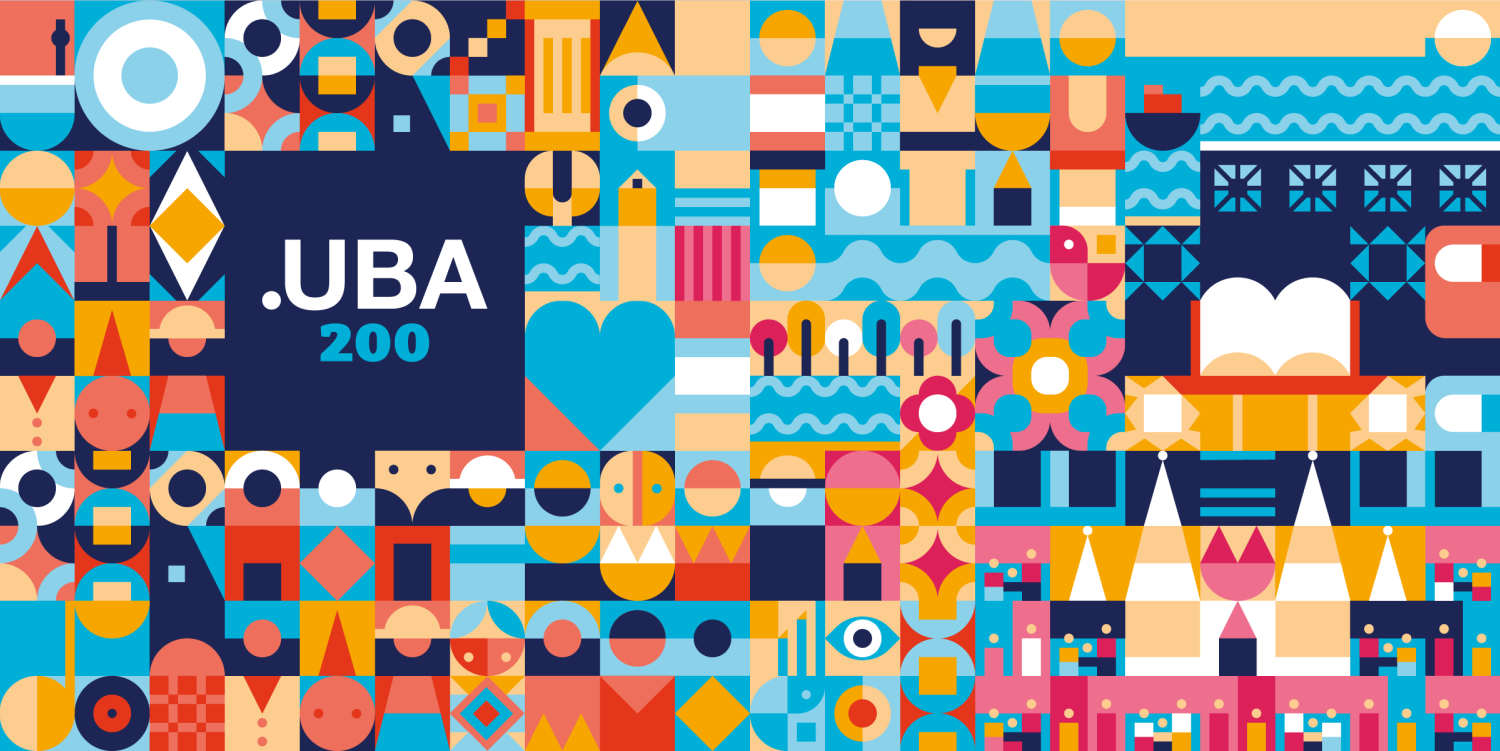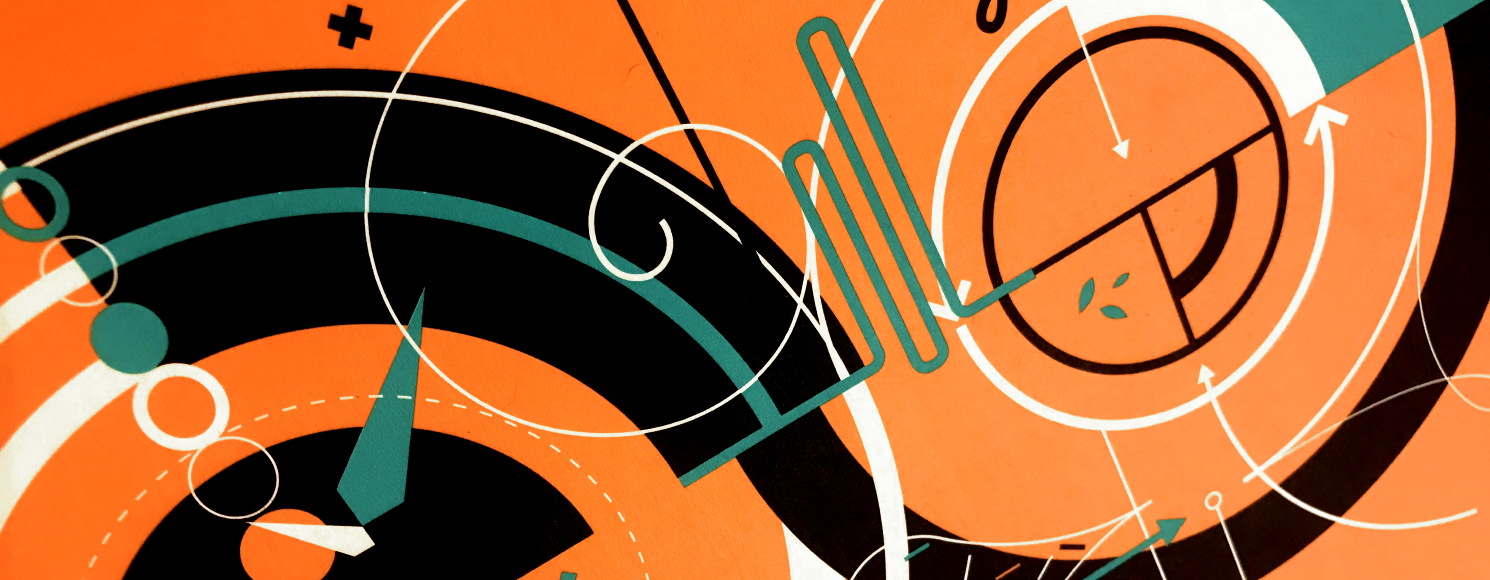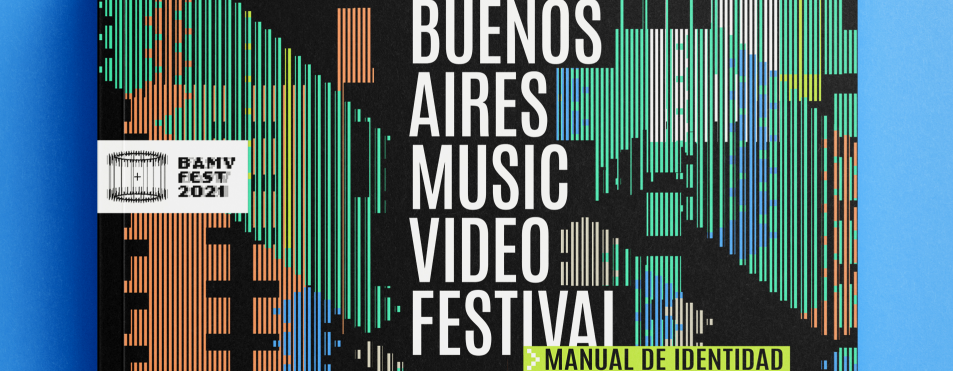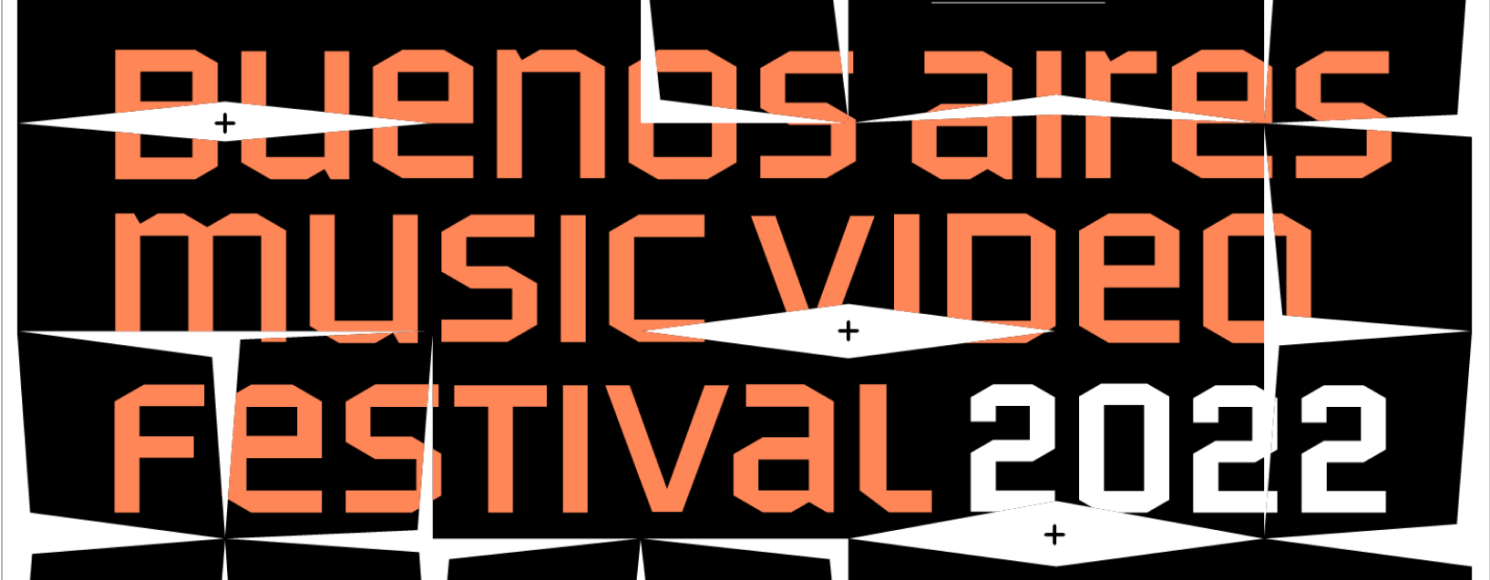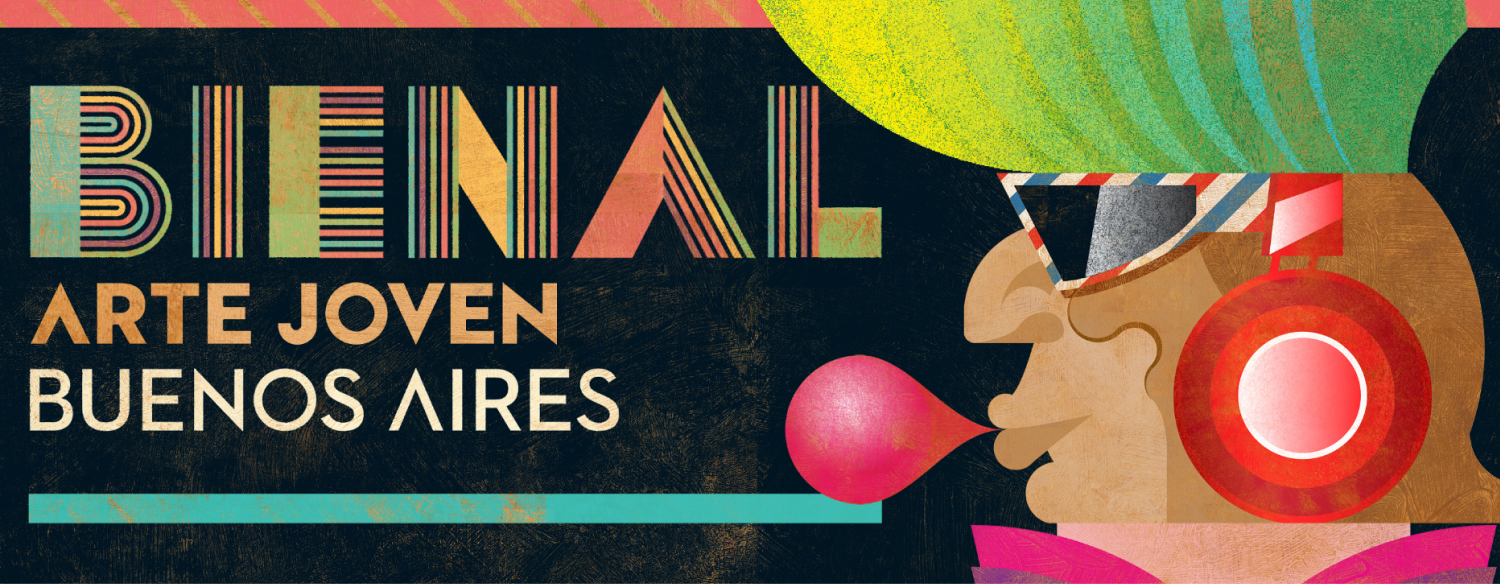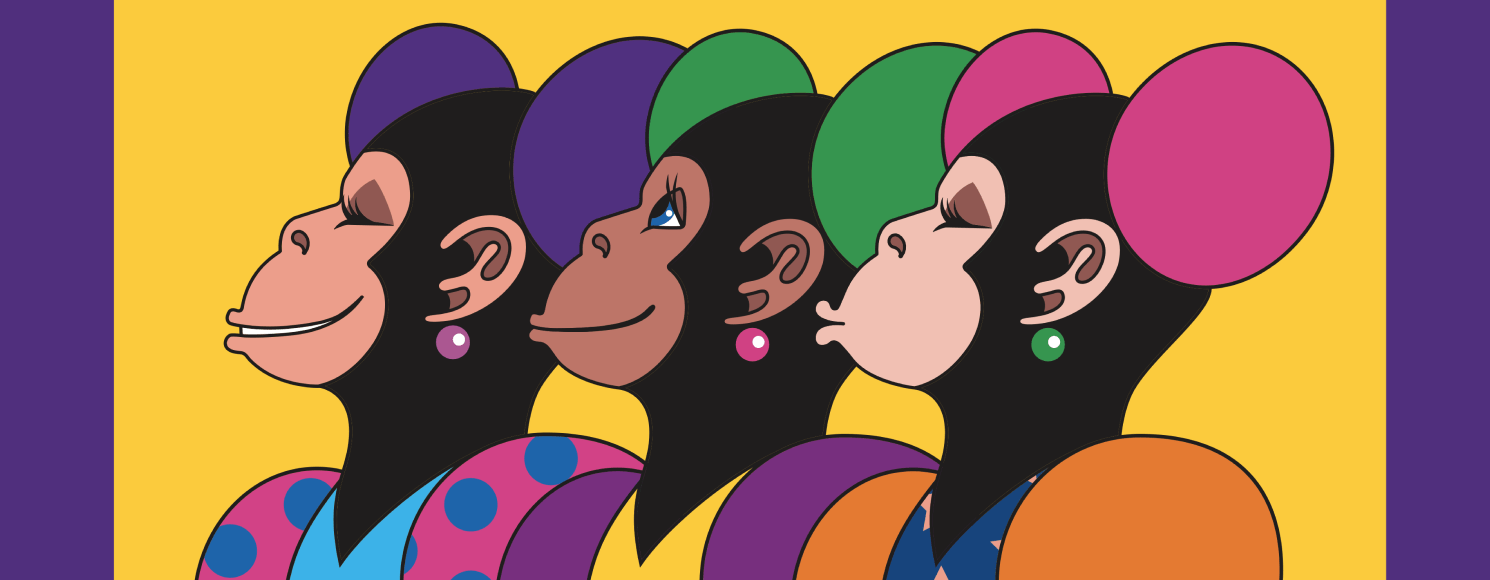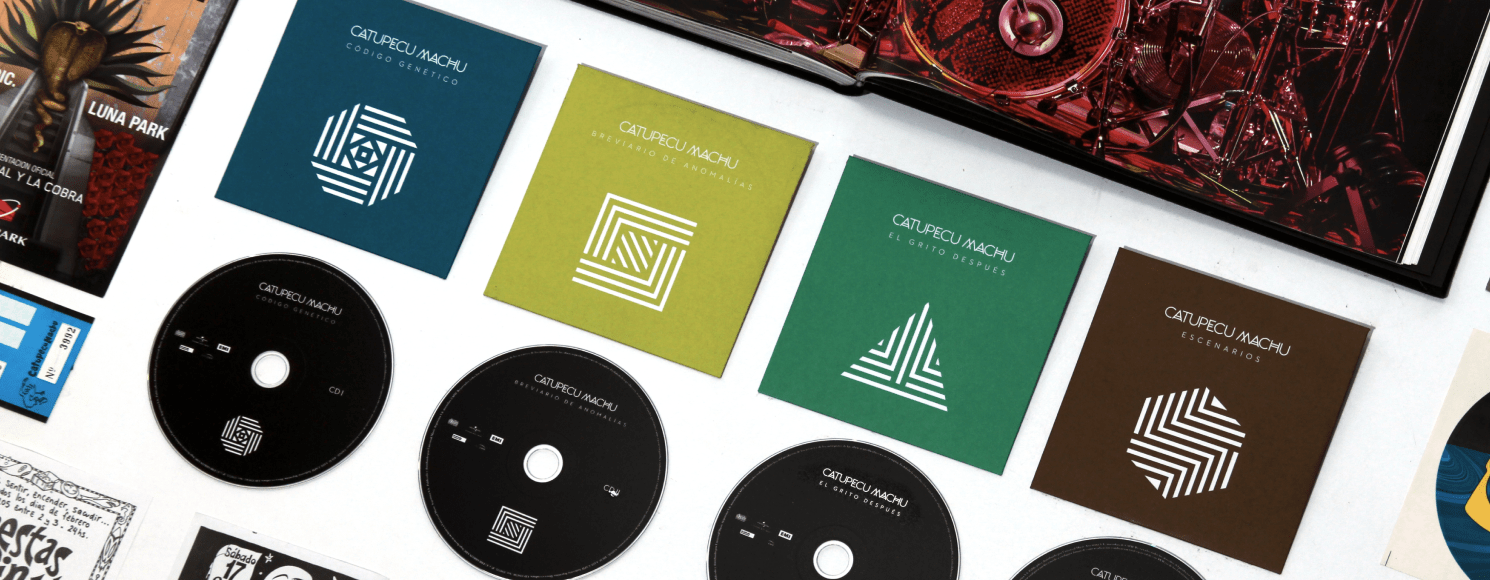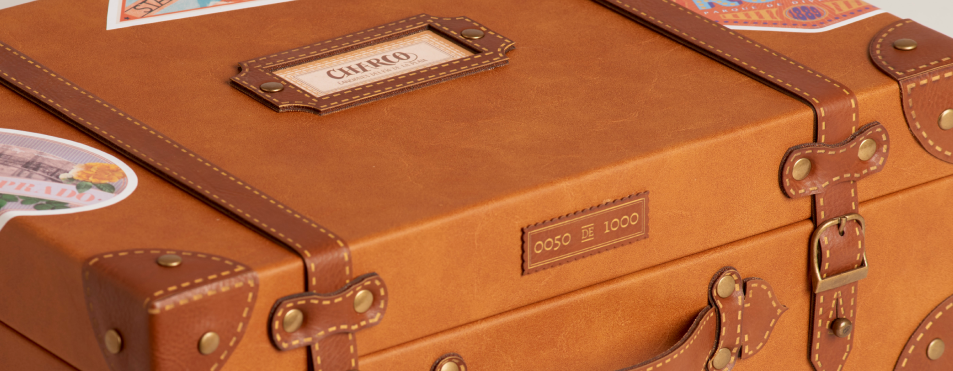200 AÑOS DE MONSTRUOS Y MARAVILLAS ARGENTINAS
El libro “200 años de monstruos y maravillas argentinas” se construye en su mayoría desde una selección de documentos literarios reunidos por el historiador Gabo Ferro e ilustrador por el ilustrador Christian Montenegro que remiten a aquellos sujetos inconvenientes para la elite que monta el discurso histórico argentino hegemónico. Desde los tres escenarios en los cuales se construye –literatura, ilustración y diseño– el proyecto asume que construye una mitología autóctona, un bestiario argentino original. Se propone ser un manual híbrido, mestizo, bestial, un hecho creativo gráfico y literario, una nueva realidad simbólica que se define y se representa a sí misma. Un hecho artístico inspirado, motivado, entrelazado con la historia y sus documentos. Su visualidad gráfica está inspirada en la estética de una de las primeras publicaciones del entonces recientemente independizado Río de la Plata en donde la mirada política encuentra una poderosa plataforma de divulgación: “El Grito Arjentino”, editado entre 1839 y 1841. Tanto diseño de página como paisaje tipográfico refieren a él y se construyen desde una selección de tipografías argentinas contemporáneas (Petrona, Alegreya, Esmeralda Pro y Burgues Script).
The book “200 Years of Argentine Monsters and Marvels” is primarily constructed from a curated selection of literary documents gathered by the historian Gabo Ferro and illustrated by the artist Christian Montenegro. These documents evoke individuals inconvenient for the elite that shapes the hegemonic Argentine historical discourse.
From the three realms in which it is crafted—literature, illustration, and design—the project undertakes the construction of an indigenous mythology, an original Argentine bestiary. It aspires to be a hybrid, mestizo, and beastly manual, a creative graphic and literary endeavor, a new symbolic reality defining and representing itself. An artistic creation inspired, motivated, intertwined with history and its documents.
Its graphic visuality draws inspiration from the aesthetics of one of the early publications of the newly independent Rio de la Plata, where political perspectives found a powerful platform for dissemination: “El Grito Arjentino,” published between 1839 and 1841. Both page design and typographic landscape refer to it, crafted from a selection of contemporary Argentine typefaces (Petrona, Alegreya, Esmeralda Pro, and Burgues Script).
PRÓLOGO Y selección de textos /
Introduction and text selection:
Gabo Ferro
Ilustraciones /
Illustracions:
Christian Montenegro
design /
Diseño:
Laura Varsky
Editado por /
edited by:
Beatriz Viterbo Ediciones
DISTINCIONES /
DISTINCTIONS:
SELLO BUEN DISEÑO, 2019
Primer premio de la categoría Diseño Editorial en la III Bienal FADU, UBA, 2018
Mención honorífica – categoría No Ficción, II Premio Latinoamericano al Diseño Editorial, 2016
agotado /
Sold out


